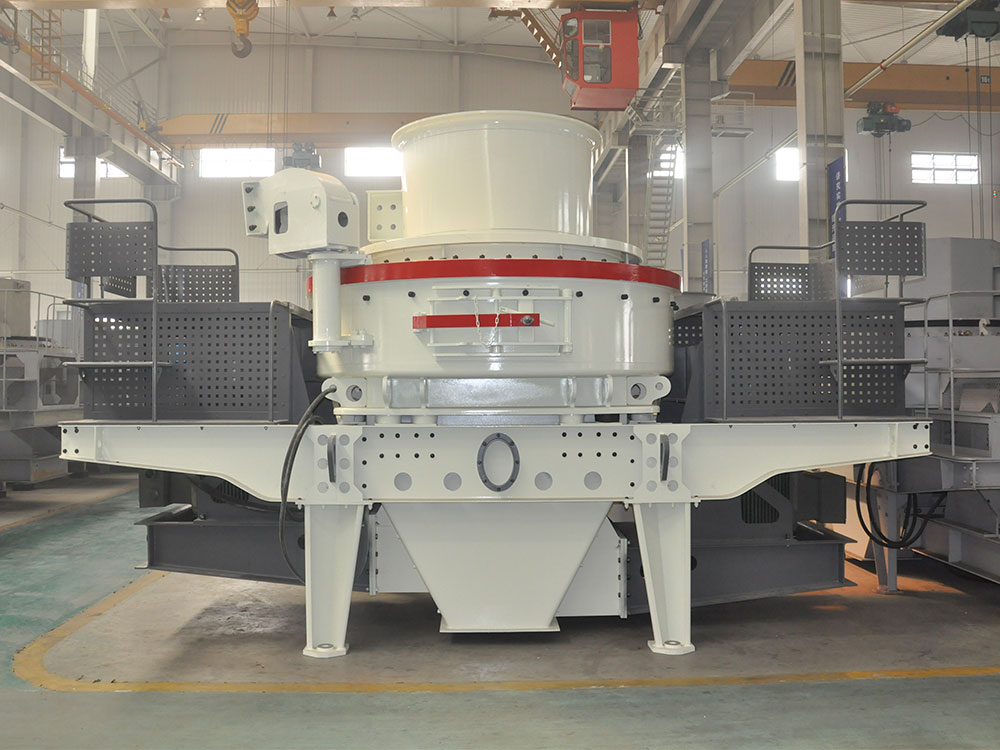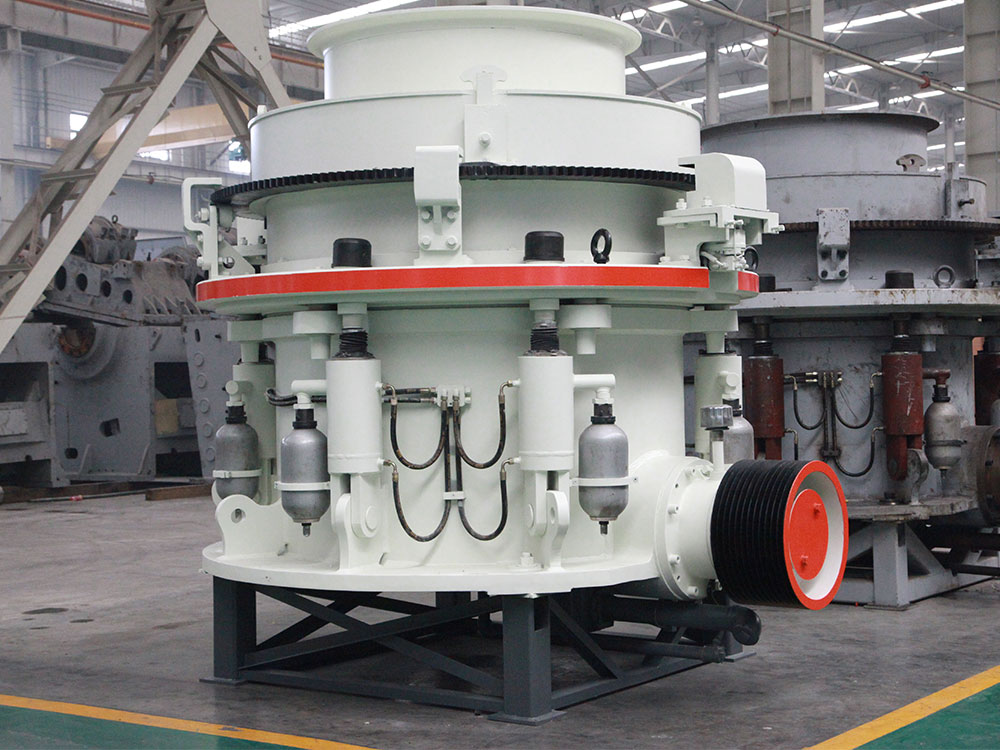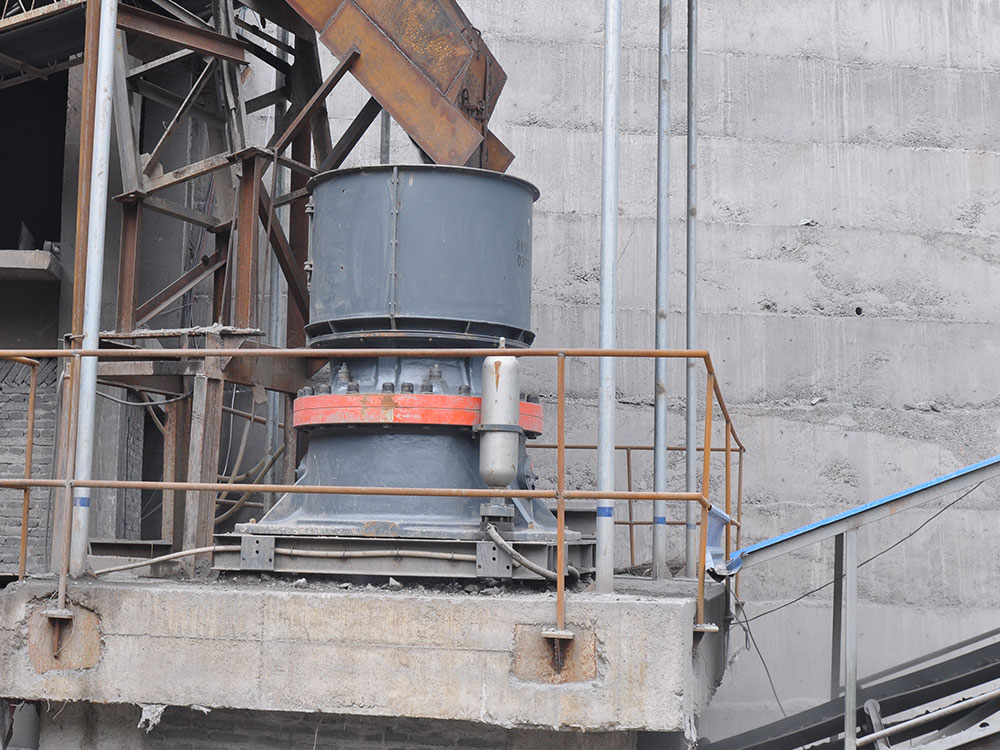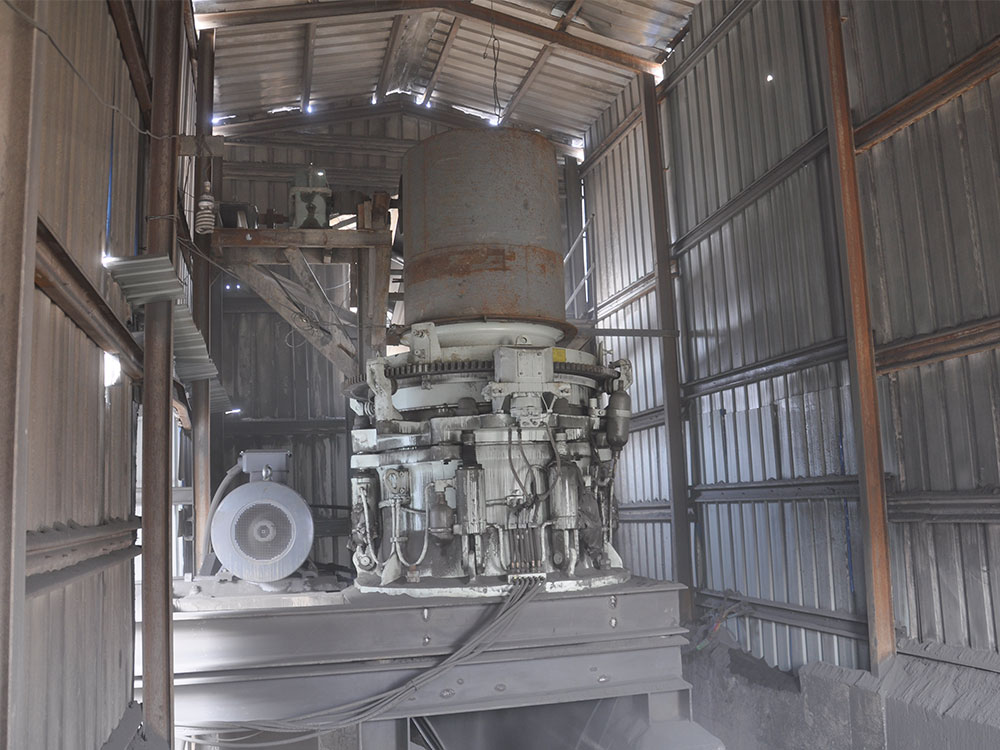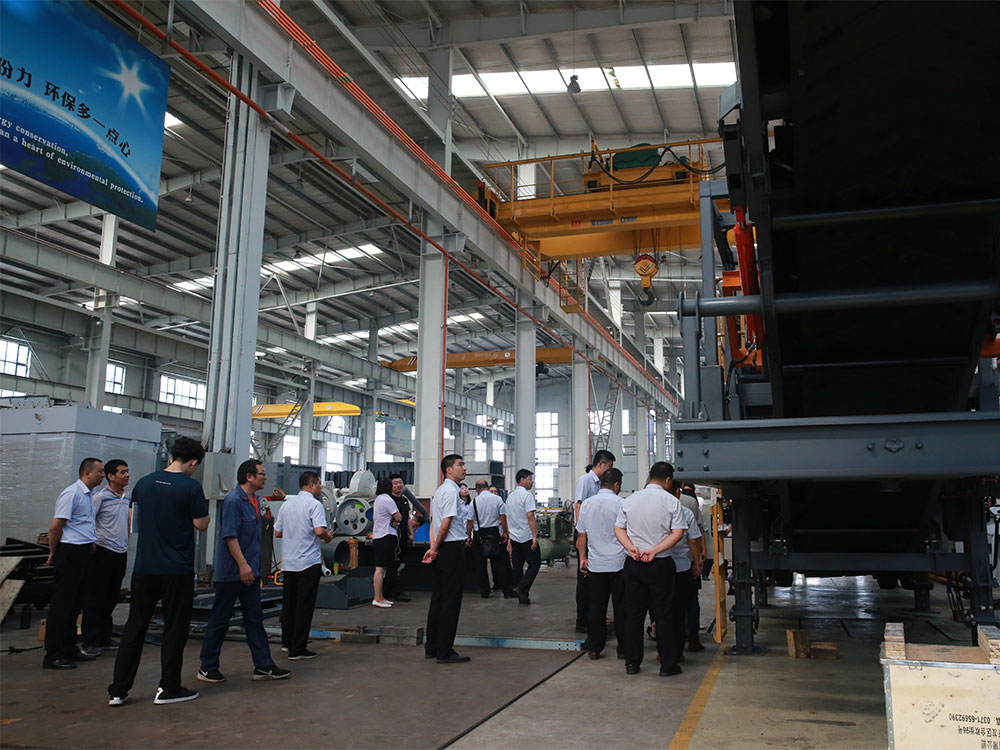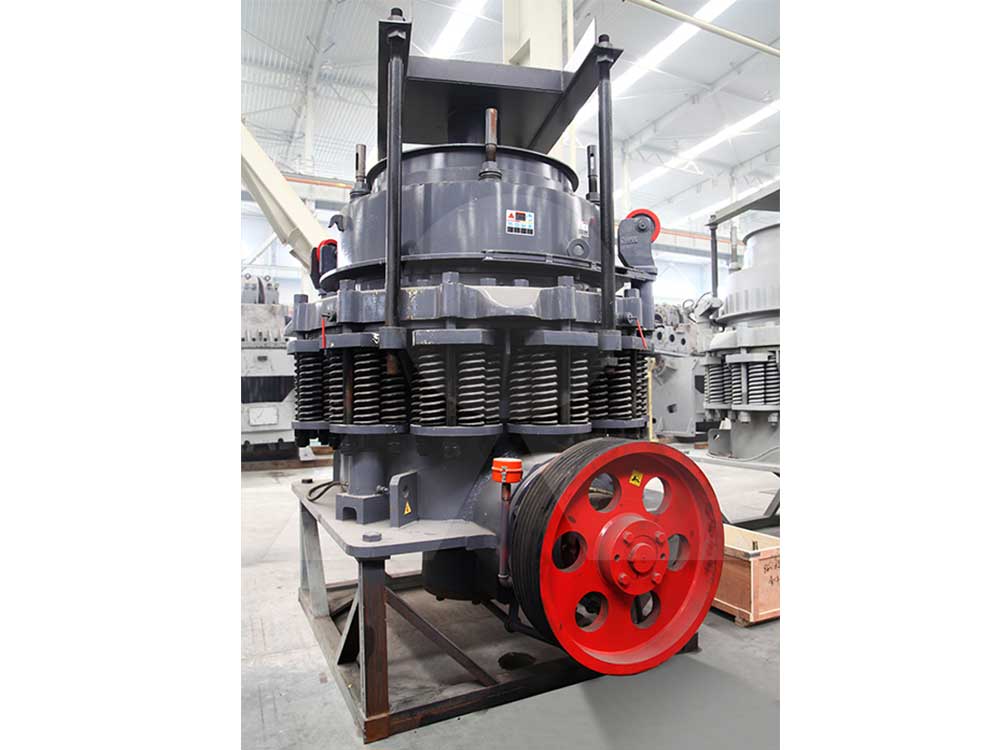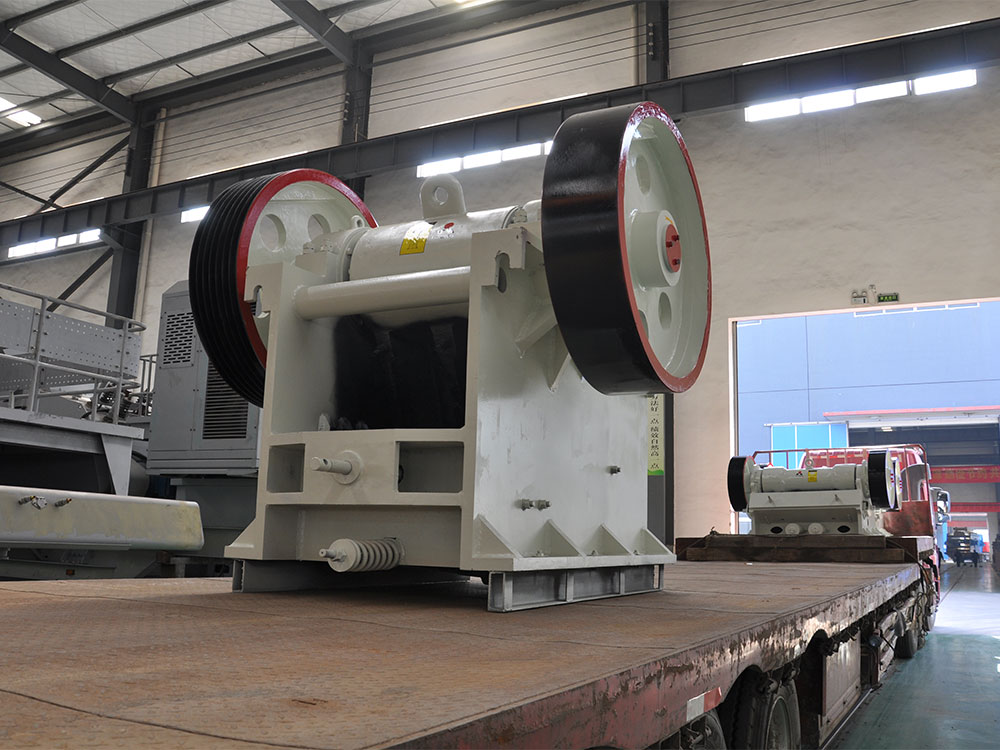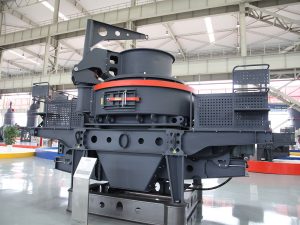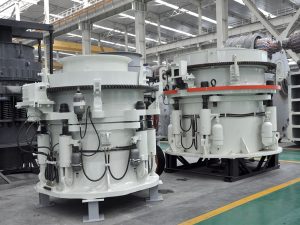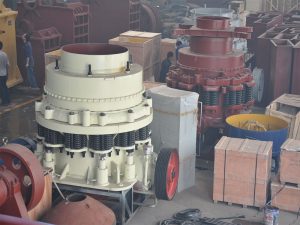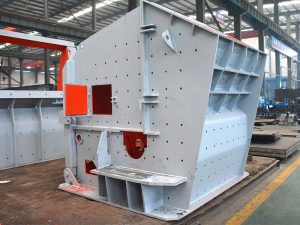Barrick Gold: Gold Medalist Crushing Plant
With 140 million ounces of proven and probable gold reserves and 7.8 million ounces of gold production, Barrick Gold (NYSE: ABX) (TSE: ABX) is simply the world's largest gold exploration and production company.
To cite a few highlights from Barrick's 2010 annual report:
Record adjusted net income from $1.81 billion in 2009 to $3.28 billion in 2010
Record adjusted operating cashflow from $2.90 billion in 2009 to $4.78 billion in 2010
Increased dividend by 20% from $0.4/share in 2009 to $0.44/share in 2010
Record realized price of gold from $985 per ounce in 2009 to $1,228 per ounce in 2010
Industry's only 'A' credit rating.
Infact, as we speak, Barrick's Q2 results have shown a further improvement in net margins of another 500 basis points over last year’s results in a markedly slowing global economy.
Barrick Gold, at 13 times last year's earnings per share, is still reasonably priced for being the world's largest miner and producer of – arguably – the world's most sought after commodity at the present time. So much so that, despite having better fundamentals than its competitors across a variety of metrics, the stock trades at a healthy discount vis-à-vis its peer group (except Newmont mining which trades modestly lower than Barrick at 12.9 times trailing earnings;)
Here are a few valuation data for Barrick vis-à-vis its peer group:
Company Barrick Gold Newmont Mining AngloGoldAshantiGoldcorp Kinross Gold
Ticker Symbol (NYSE: ABX) (NYSE: NEM) (NYSE: AU) (NYSE: GG) (NYSE: KGC)
Price-Earnings Ratio 13.2 12.9 21.1 24.1 16.6
Price-Book Ratio 2.5 2.2 4.1 1.9 1.4
Price-Sales Ratio 4.4 3.4 3.1 10.5 6.3
What this also means is a positive momentum in the stock price of the company.
Crucially, from a shareholder's perspective, the company improved its Return-on-Equity from 12% in 2009 to 19% in 2010.
Game-changing copper reserves, on the other hand, have not come online for a significant period of time. Hence, outlook for copper is bullish beyond the short-to-medium term stoneow while the Eurozone sorts out its sovereign debt issues and the emerging economies take a breather from a decade long spate of high single-digit GDP growth.
In a period fraught with geo-political unrest in many parts of the world, Barrick enjoys a distinct advantage over other miners by having majority of its reserves and production capabilities located in politically stable parts of North America,Latin Americaand Australia/Pacific. Furthermore, its geographic presence is well-diversified to hedge against concentration risk as well as from a potential fall-out from "nationalization" of mining assets in any one part of the world.
Looking out into the future, the company is aiming for a gold production target of 9 million troy ounces by 2015. Assuming such production growth occurs on a linear basis, this target represents a modest increase of 300,000 ounces a year from its current level of 7.8 million ounces. The company is not resting on its laurels either; in order to continually strengthen its pipeline of reserves, Barrick’s 2011 exploration budget has increased to $320-$340 million.
Ultimately, Barrick trades in commodities that provide tangible sources of stability and security on the one hand (gold) and growth and development on the other (copper). So, whether one is bullish or bearish on the outlook for the global economy, at less than $50 a share, the stock is a “Buy” over the next 6 to 12 months.


